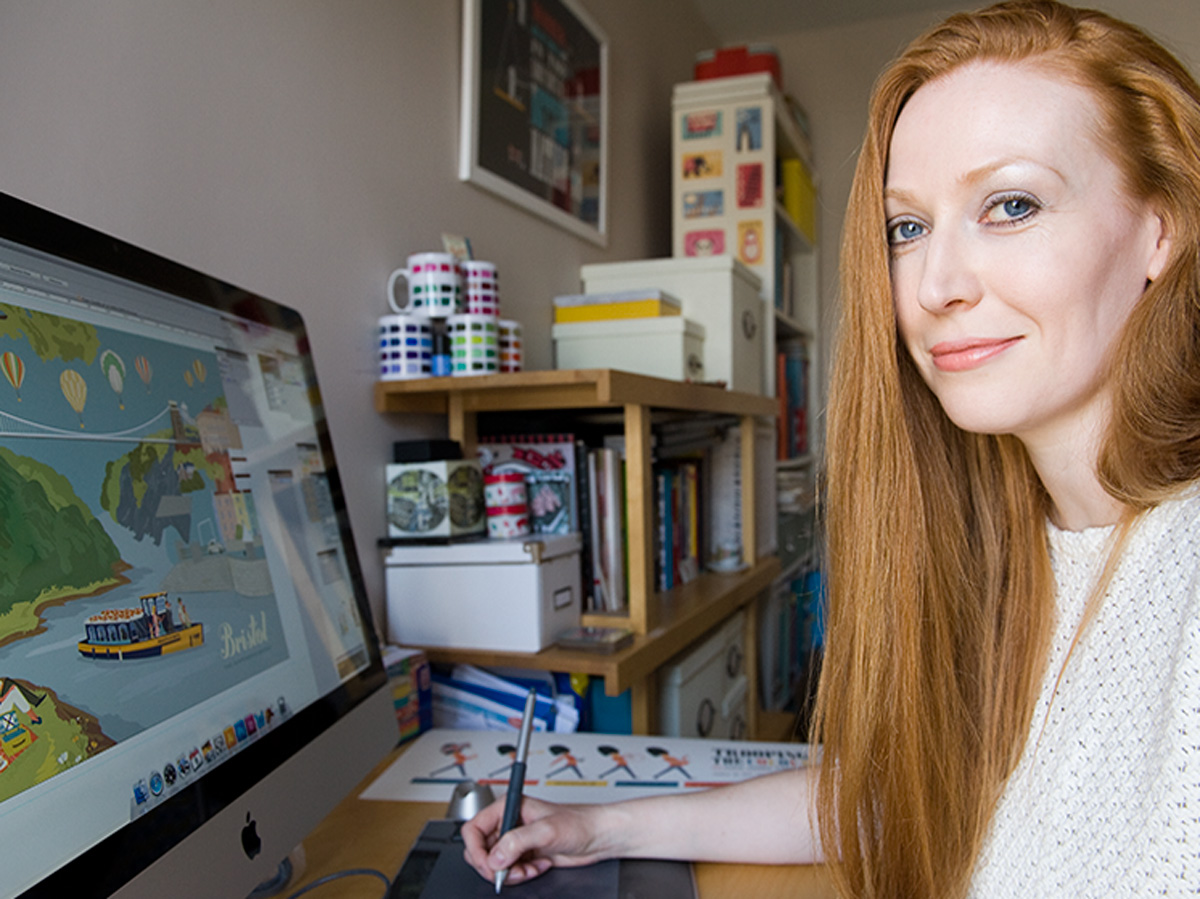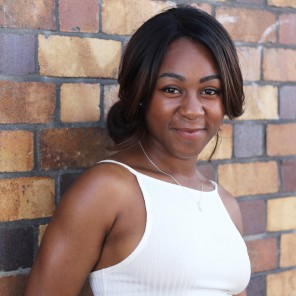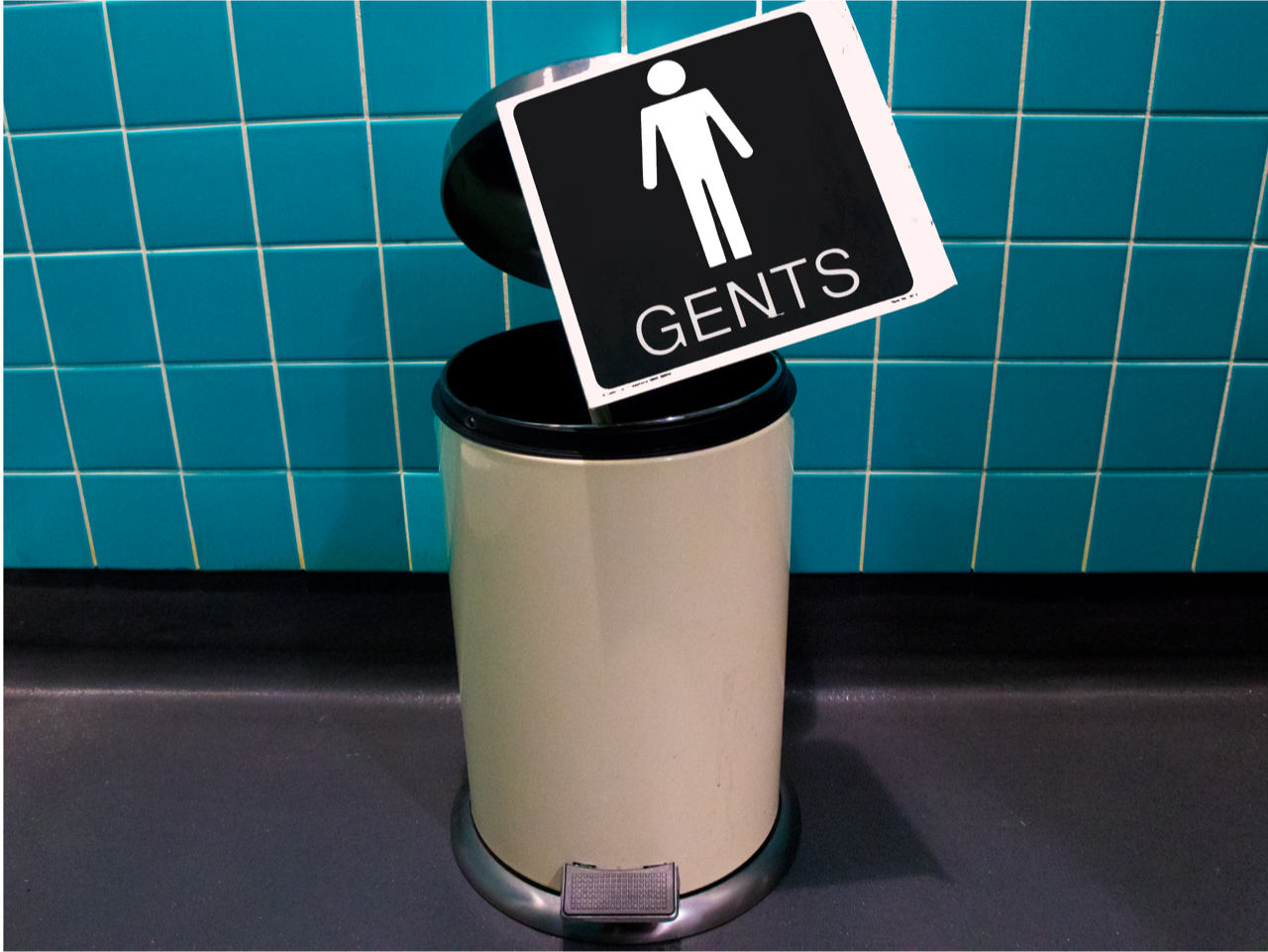No Boys Allowed: What Are Women-Only Spaces And Why Do We Need Them?
Euella finds reprieve in the women’s toilet, and explores why women-only spaces are important.
I was instantly struck by the difference in atmosphere between the women’s toilets and the rest of the nightclub.
‘Babe, could I nab some of your body spray?’
I watched the girl gesture to the aerosol can poking out of my bag, I smiled.
‘Yeah, course.’
I was instantly struck by the difference in atmosphere between the women’s toilets and the rest of the nightclub. It had only just gone midnight, but the club was already busy and becoming unbearably hot. In an attempt to freshen up, I stumbled off the dancefloor in search of the female toilets and in there, was greeted to the distinct mix of perfume, urine and bleach. The lights flickered and twitched, the walls were cracked and peeled – but there was a certain charm about it. The thudding of the drum-n-bass was replaced with the babble and shrieks of the other girls and in there I could actually hear myself think. Three girls posed in front of the floor-length mirror as they attempted to take a selfie, while another group chatted and laughed amongst themselves, adjusting their bra straps and sharing deodorant. Squeezing past them to get to the unoccupied cubicle, I offered an empathetic glance to a red-head who sat on the floor with her friend, crying about what I gathered to be, her failed relationship. Although only in there for a fraction of the night, I witnessed everything – laughing, crying, talking, shouting – and everything in between. It was beautiful. I didn’t know it at the time, but that was one of my first memorable encounters with a woman-only space, and I must admit, I was hooked.
Over the past few years, there has been some question as to whether we still need women-only spaces and where they fit in our (arguably) more progressive society. In the 1970s, during the height of the second-wave feminist movement, women-only spaces were used primarily as a political tool – a means to challenge male-dominated power structures and create safe-spaces for women and children who were victims of male violence. Fast forward 40+ years and the picture seems to tell a different story. Or does it? Yes, it is true that there have been enormous amounts of progress and victory within the women’s movement and it is also true that mixed-spaces are awesome for boosting confidence, developing communication skills and forming intimate and interpersonal relationships, but the benefits of women-only spaces should not be overlooked.
[rife-guide-events]
Fast forward 40+ years and the picture seems to tell a different story. Or does it?
One should not under-estimate the power of being in a shared, safe space with people you identify with and what that does for your creativity, confidence and culture. In the early 70s, women-only spaces were created as a response to the failings of a male-dominated legal system and as a result, they were able to inform social, political and legislative change around our collective understandings of violence and victimhood. Because of the success of organisations such as Rape Crisis and Women’s Refuge – which began as small women-only consciousness-raising groups, many people now appreciate and recognise the utility of these spaces in tackling serious political issues- but I’ll let you in on a little secret – you don’t have to identify as a victim to be part of a women-only group. Whether it’s a fitness class or book club, spaces designated for those who identify as women or girls allow for certain conversations to take place that may not otherwise. Research has shown that guys can, and often do, silence girls merely by their presence (no surprise there) – shaping the types of conversation that can occur in mixed groups. Women-only groups open up the conversational floor to explore other things like issues with self-esteem, relationships or anxiety about the future.
There are a number of groups currently running in and around Bristol that facilitate this for girls from the age of 9-19 years old. Open to those who want to talk about specific issues, learn new skills or just hang out. Like my countless experiences in nightclub toilets, these spaces offer opportunities to make new friends (even if it is only momentarily with a girl who compliments your outfit whilst you tumble out of a toilet cubicle). The point is seeing that you’re not alone, and never have been. These things happen to all of us; the highs, the lows and everything in between. You’re not the only one who looks in the mirror and doesn’t always like what they see, you’re not the only one who worries about their plans for the future, you’re not the only one who suffers from anxiety. That’s something to take comfort in. Whether it’s a refuge centre, a book club or even just a public toilet, these spaces, at the most, serve as a support group where skills, jokes and experiences can be shared, and at the very least, as a place where you can just have a good laugh and maybe even nab someone’s body spray.
If you want to find some women-only spaces, look through Rife Guide’s list of sessions










